Military
The Mirage 2000, Rafale, and 19 More Iconic Aircraft That Defined Dassault Aviation
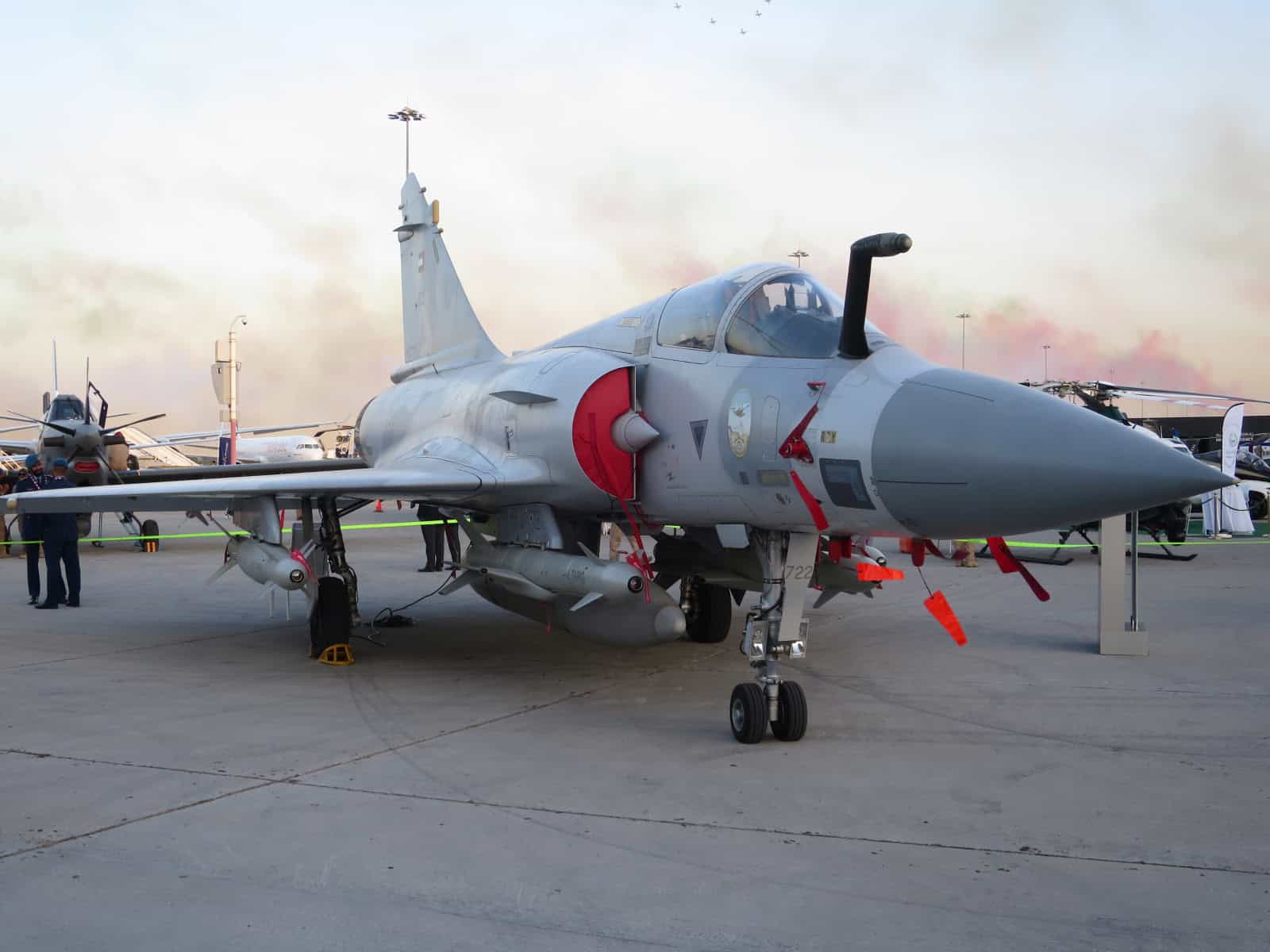
Published:

24/7 Wall St. Insights:
Dassault Aviation has been at the tip of the spear in terms of military aircraft innovation for nearly a century, establishing itself as one of the world’s biggest aerospace manufacturers. While Dassault produces a fair amount of aircraft for commercial purposes, it is better known for its combat aircraft. (The F-35 Lightning II and 25 more iconic aircraft built by Lockheed Martin.)
Founded in 1929 by Marcel Dassault, the company was more or less disbanded in the following years during the occupation of France by Nazi Germany. However, the company would come roaring back in the post-war years establishing itself as one of the major aircraft manufacturers in Europe. Since then, Dassault’s aircraft have been integral to France’s military strength, as well as a number of other European nations.
Dassault is largely known for its iconic combat aircraft like the Mirage series and the Rafale. Chief among the Mirage series is the Mirage 2000 that was introduced in the late 1970s and it still sees service to this day in the French Air and Space Force.
The Mirage 2000 has proven itself in numerous operations including NATO missions in Kosovo and Libya. This multirole fighter is designed for air superiority, ground attack, and reconnaissance missions. It comes standard with a 30mm DEFA cannon and can equip Magic 2 missiles, Matra missiles, laser-guided bombs, conventional drop bombs, Exocet anti-ship missiles, and even nuclear stand-off missiles, among other ordnance. These jets can hit top speeds around 1,453 mph (nearly Mach 2).
In the years since the introduction of the Mirage by Dassault, the Rafale entered service in the early 2000s. These jets are equipped to handle air-to-air combat, ground strikes, reconnaissance, and even nuclear deterrence missions. The Rafale is capable of hitting speeds up to Mach 1.8 or 1,383 mph, and it comes armed with a 30mm GIAT 30/M791 internal automatic cannon standard, as well as, MICA missiles, Meteor missiles, Exocet missiles, cruise missiles, and nuclear stand-off missiles. (We list the most iconic combat aircraft built by Boeing.)
The Rafale has more or less become a cornerstone of French military air operations since its introduction. The French Air and Space Force has over 130 of these aircraft at the ready, with 129 more on order.
Both the Mirage 2000 and the Rafale are symbols of France’s air superiority on the continent, and Dassault aviation is to thank for that. However, Dassault didn’t stop with just these two aircraft. There are a number of other combat aircraft that Dassault has produced over the years, but it is what is in development now that is truly earth-shattering.
Looking forward, Dassault is in the process of helping France and other European nations further modernize their air forces, with the Future Combat Air System (FCAS). This is also a joint venture between Dassault, Airbus and Leonardo. The FCAS will include a Next-Generation Weapon System (NGWS) along with other air assets. The NGWS is expected to feature remote carrier vehicles like swarming drones and a New Generation Fighter (NGF), which is expected to replace France’s Rafales by around 2040.
Dassault’s portfolio of aircraft is truly impressive (what is in the works too) and 24/7 Wall St. is taking a closer look at the most iconic aircraft produced by this company. (The most legendary Northrop Grumman military aircraft of all time.)
To identify the most iconic combat aircraft manufactured by Dassault Aviation after 1950, 24/7 Wall St. reviewed a catalog of Dassault Aviation aircraft from Military Factory, an online database of arms, vehicles and aircraft used by militaries around the world. We ordered these aircraft chronologically and included supplemental information about when each aircraft was introduced, the type of aircraft, its top speed, and its armament. Note that we have included some prototypes in this list that did not see mass production.
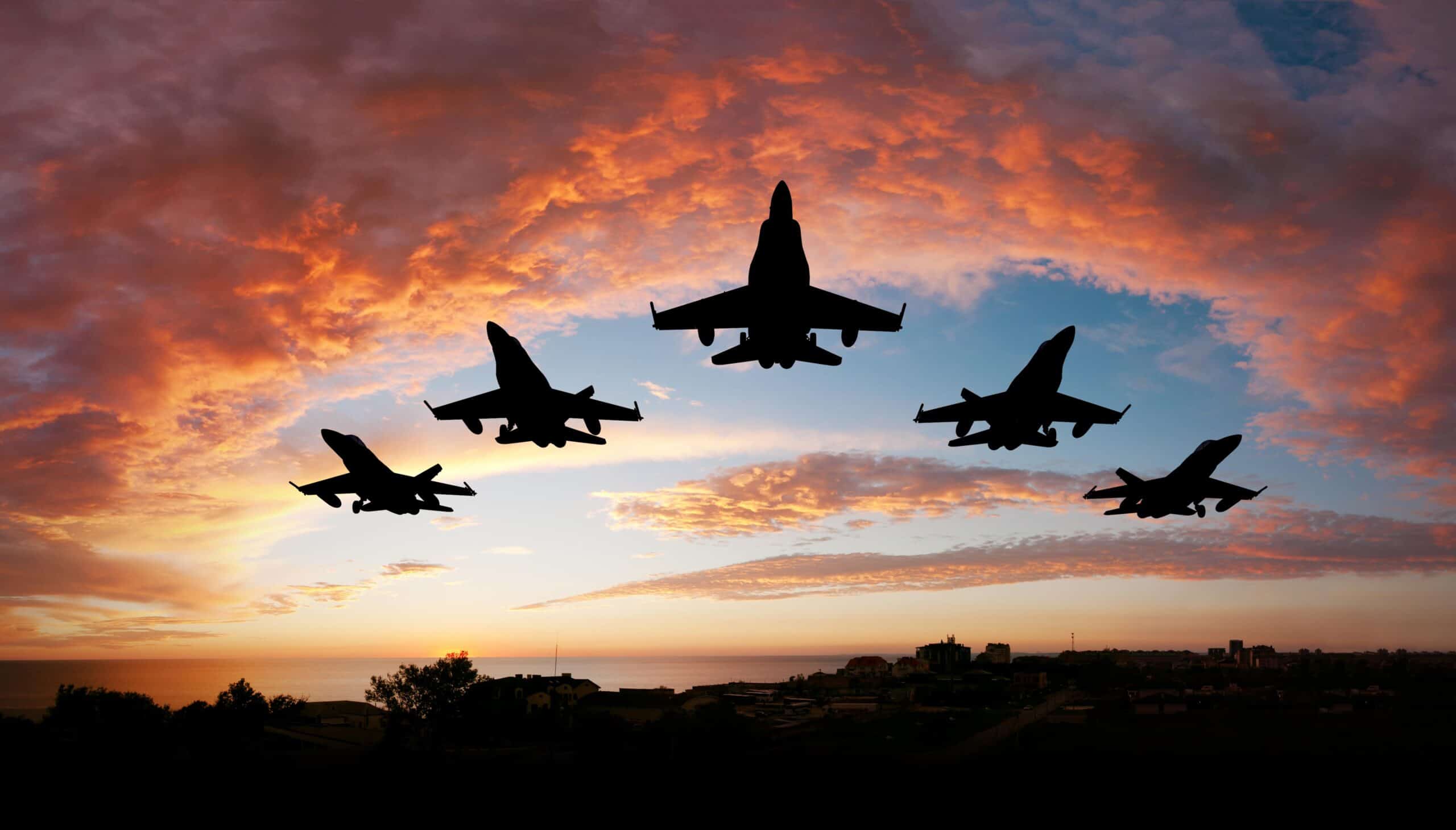
Understanding the role of Dassault Aviation in European military aviation is key to understanding the power dynamics within European air forces. Founded in 1929, Dassault has been a pioneer in designing cutting-edge aircraft, from the Mirage series to the highly advanced Rafale. The company’s fighters have shaped air power globally, producing fighters that excel in air superiority, ground attack, and reconnaissance missions. Dassault’s aircraft are central to the air forces of countries like France and several NATO allies, ultimately influencing global military dynamics.
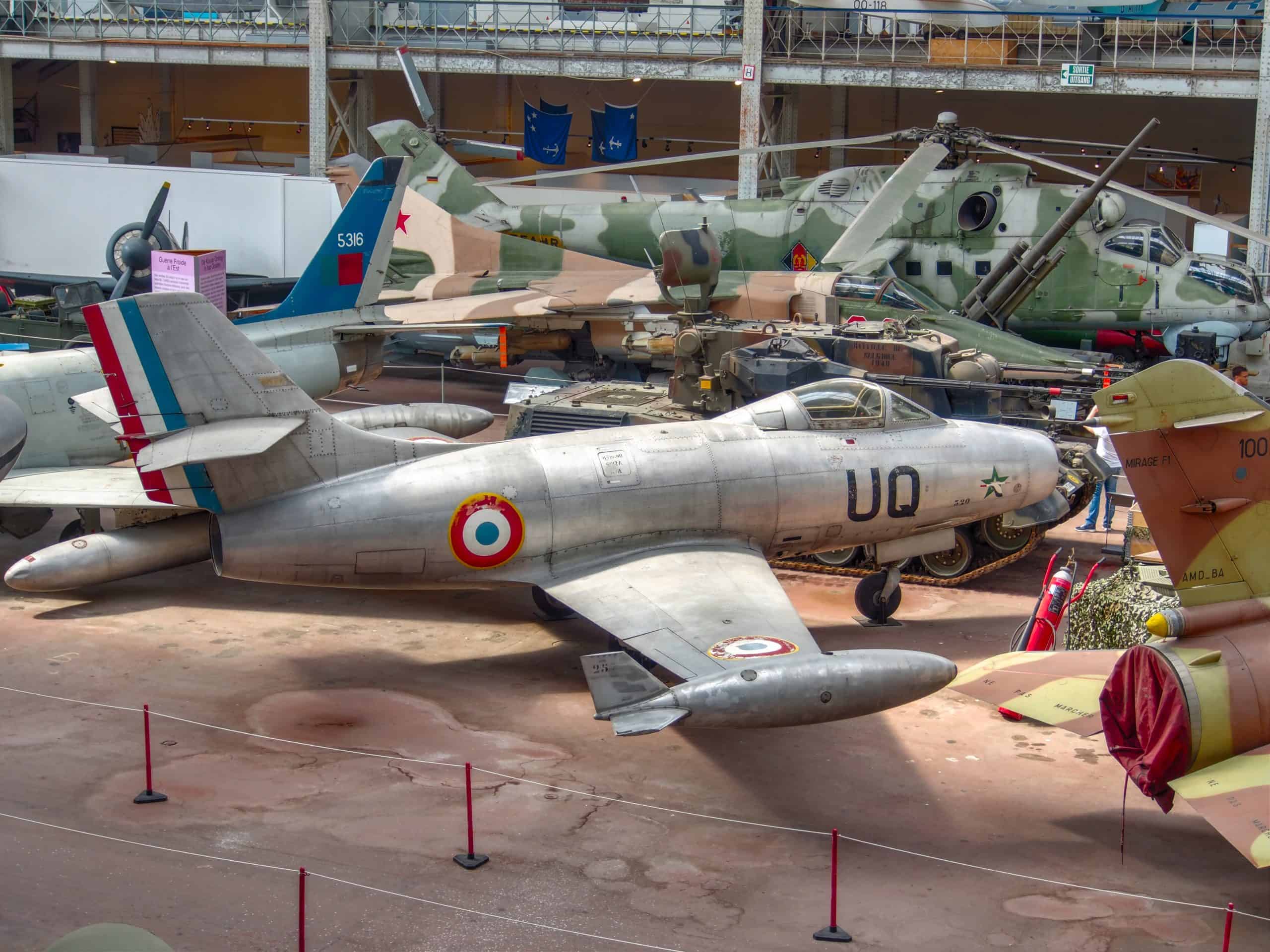
Introduced in 1952, the MD.450 Ouragan (Hurricane) was Dassault’s first mass-produced jet fighter and marked a major milestone in post-war French aviation. This jet was powered by a single Rolls-Royce Nene engine, allowing for a top speed of 584 mph, making it a competitive jet for its time.
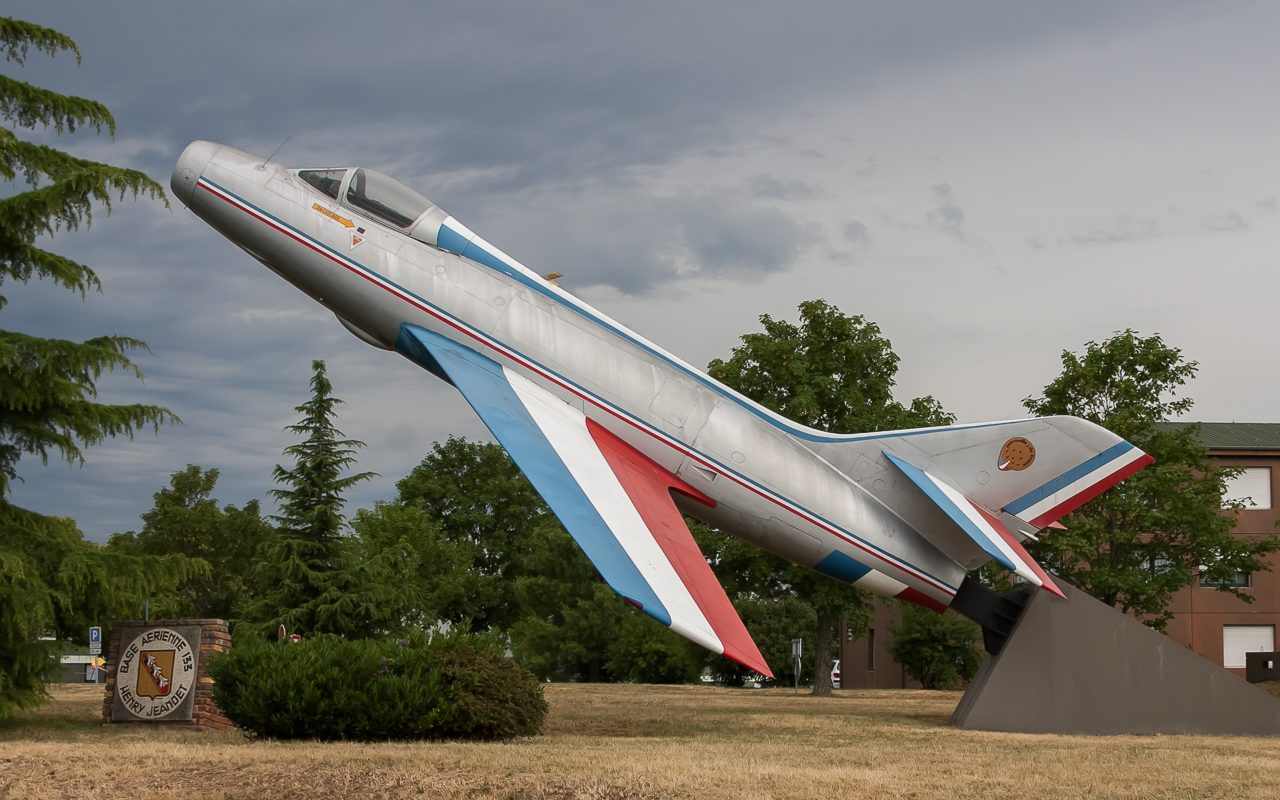
The MD.454 Mystere IV was introduced in 1953. It was a significant leap forward for Dassault, building on the success of the earlier Ouragan. Designed as a fighter-bomber, the Mystere IV was powered by a Rolls-Royce Tay turbojet engine, allowing it to reach a top speed of 690 mph.
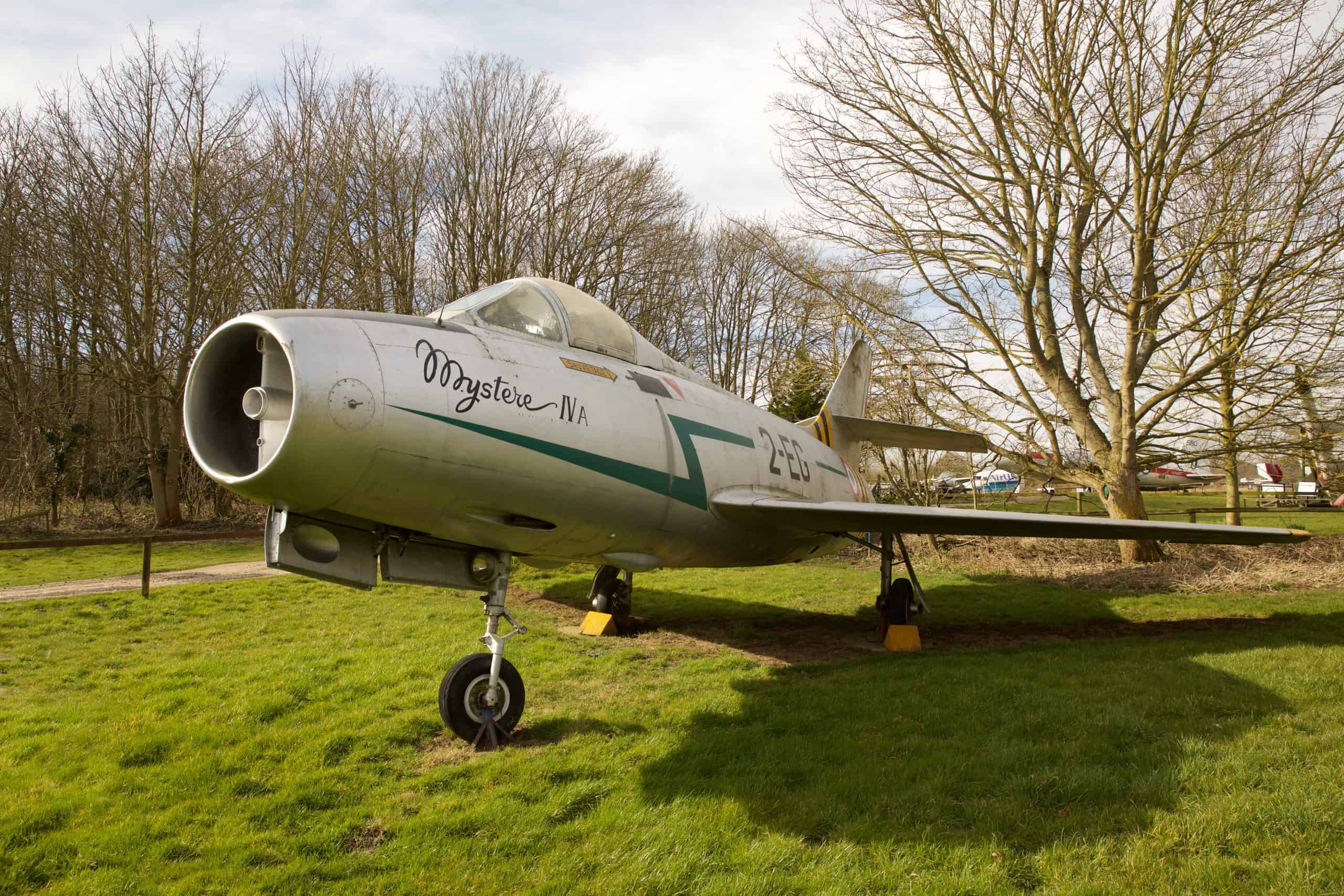
The MD.452 Mystere, introduced in 1955, further solidified Dassault’s reputation for building top-notch fighter-bombers. With a top speed of 659 mph, the aircraft was faster than most other jets at the time, making it an invaluable asset for France. It’s also important to note that the MD.452 Mystere was an important bridge between the earlier Ouragan and the more advanced Mirage series in terms of the advancements in the structure and aerodynamics of these aircraft.
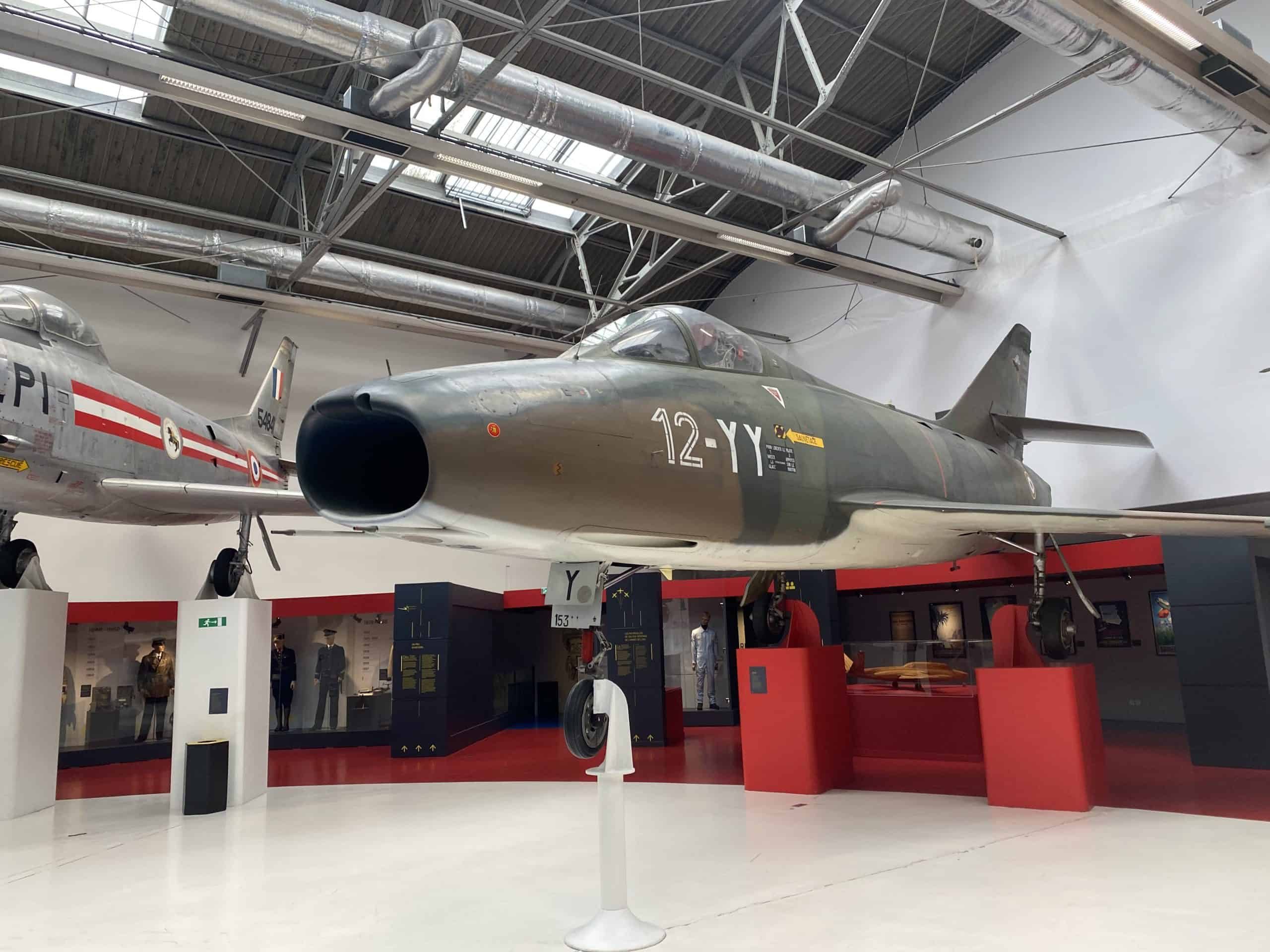
With a top speed of 743 mph, the Super Mystere brought improved performance over its predecessors. Although the improvement in speed might not seem like much from these older aircraft, this was Dassault’s first aircraft that was capable of reaching supersonic speeds.
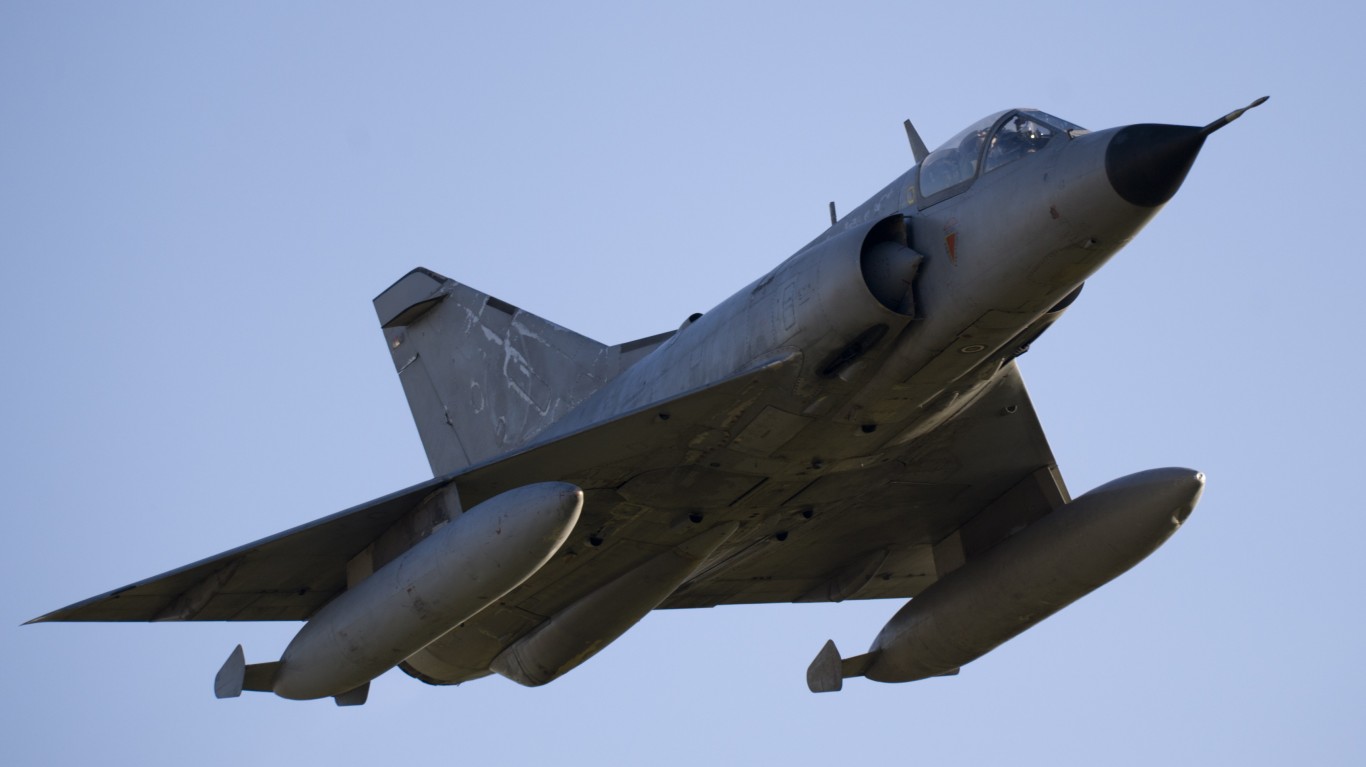
The Mirage III was a groundbreaking aircraft for Dassault, entering military service in 1961. This was the first Western European combat aircraft to break Mach 2 in horizontal flight. It’s important to note that although its top speed is less than Mach 2 at sea level, at higher altitudes the threshold to break Mach 2 becomes less.
The Mirage III is also a widely popular jet as it has served over 20 air forces worldwide. This jet gained particular notoriety in the Israeli Air Force during the Six-Day War where it achieved air superiority over its adversaries.
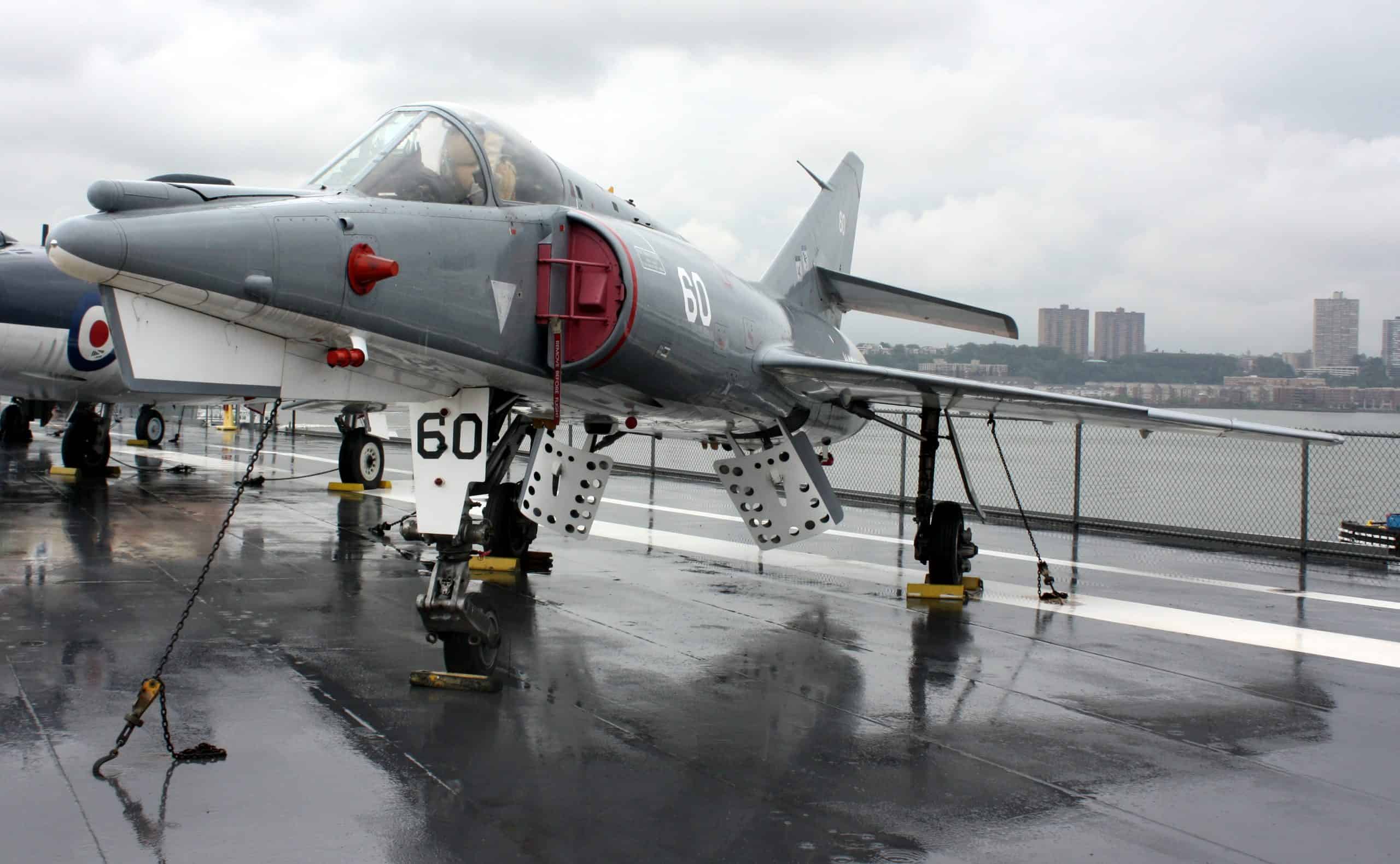
The Étendard IV, introduced in 1962, was Dassault’s first carrier-based strike fighter, designed specifically for the French Navy. With a top speed of 683 mph, this jet was built to operate from aircraft carriers, playing roles in delivering ground strikes and supporting naval operations.
This jet played an important role during the Falklands War, where it was used by Argentina’s navy to unleash devastating attacks against British naval forces.
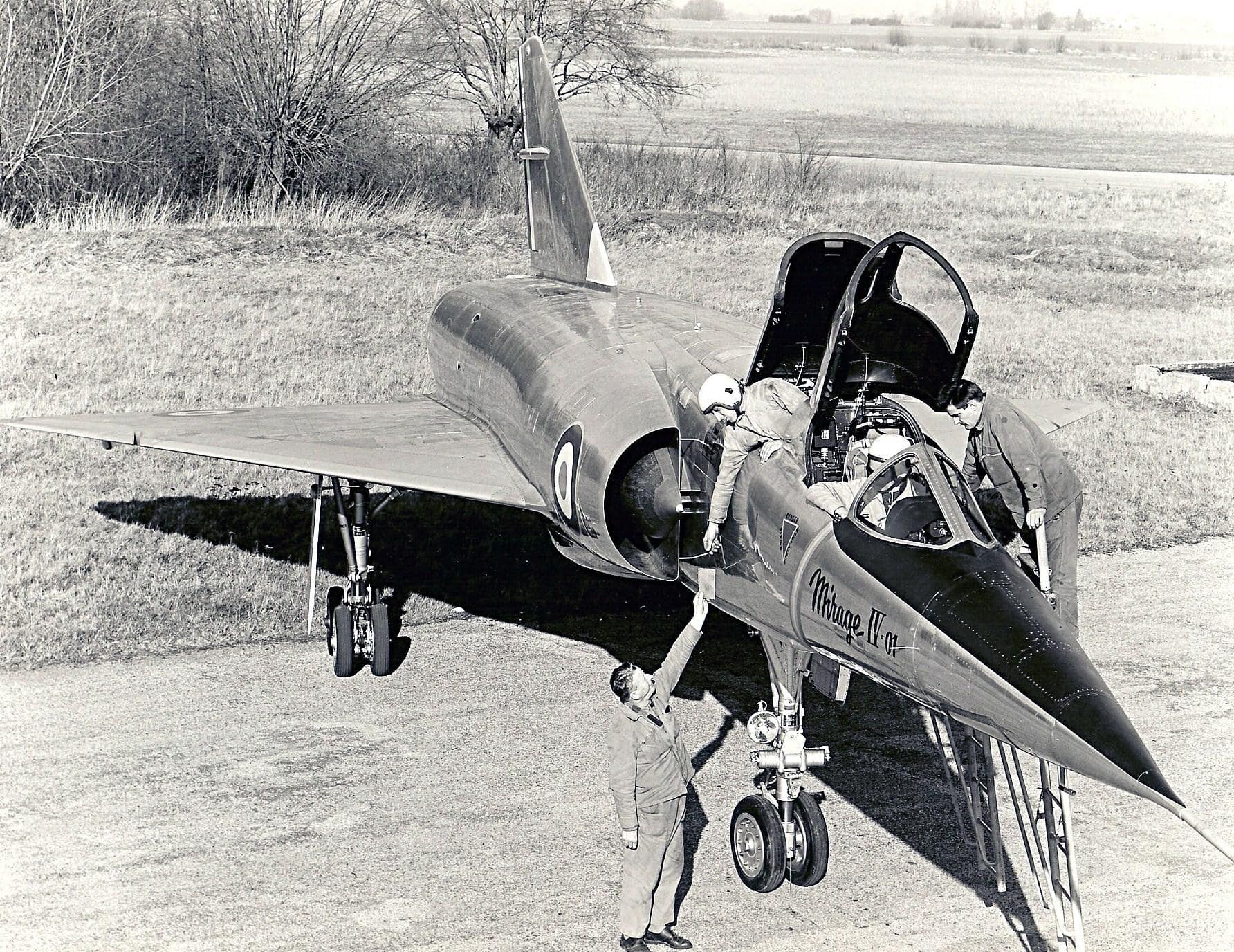
Introduced in 1963, the Mirage IV was France’s first strategic heavy bomber and a critical component of its nuclear deterrence strategy during the Cold War. With a top speed of 1,320 mph, the Mirage IV could fly at supersonic speeds and deliver a nuclear payload if necessary.
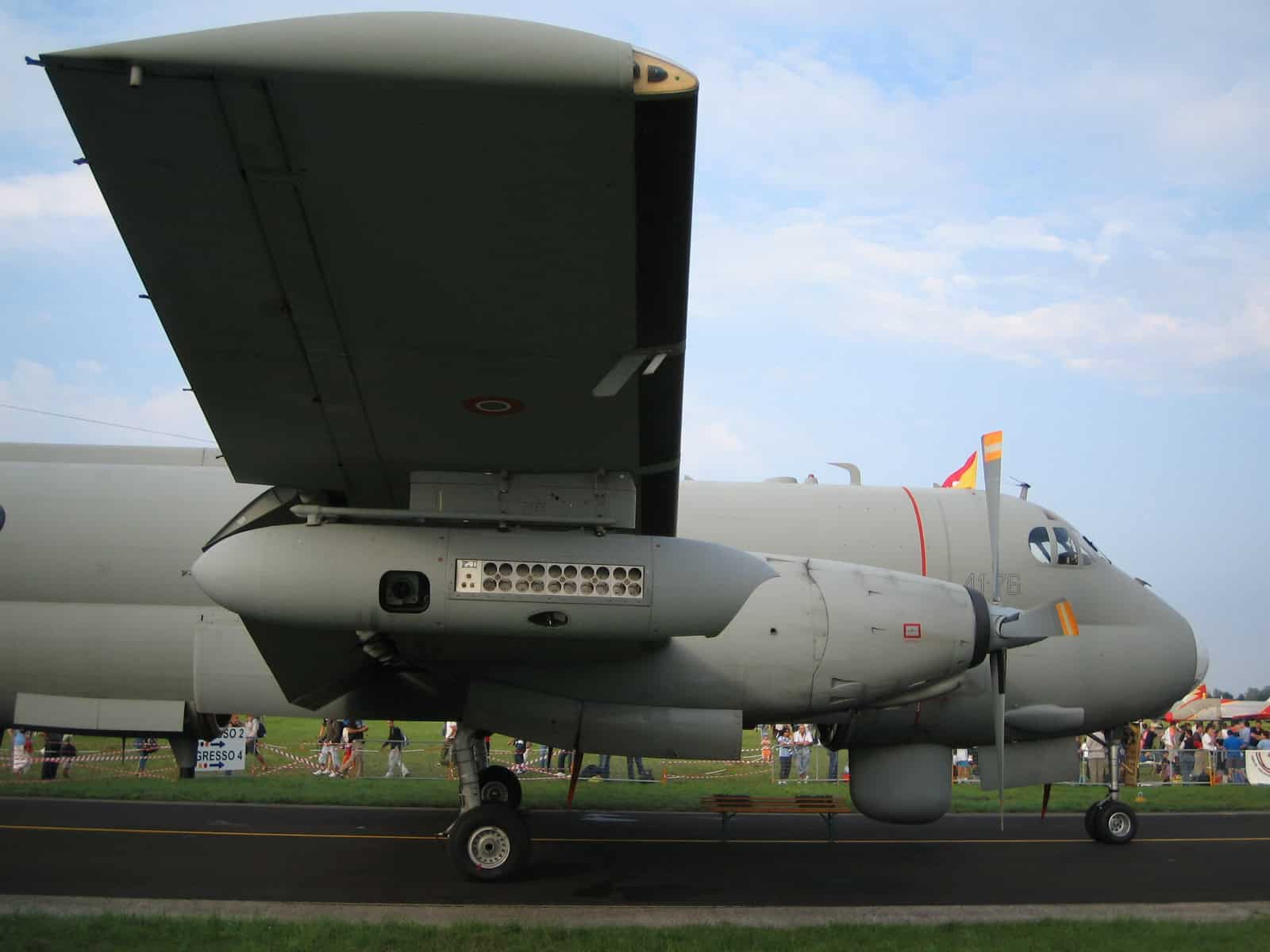
The Br.1150 Atlantique 2 is a long-range anti-submarine warfare aircraft, introduced in 1965.It was designed by Breguet Aviation, but the company was bought out by Dassault. This aircraft typically performs maritime patrol and reconnaissance missions.
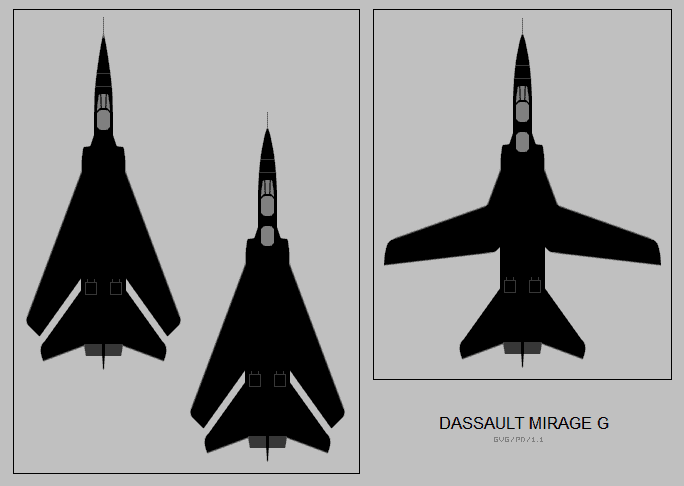
The Mirage G was an experimental swing-wing fighter and interceptor aircraft developed by Dassault. This jet was Dassault’s first attempt at variable geometry (swing-wing) design. This would later be employed by other iconic aircraft like the Panavia Tornado. The Mirage G program was ultimately cancelled, but lessons learned from the development of these jets would play into the Mirage and Rafale series.
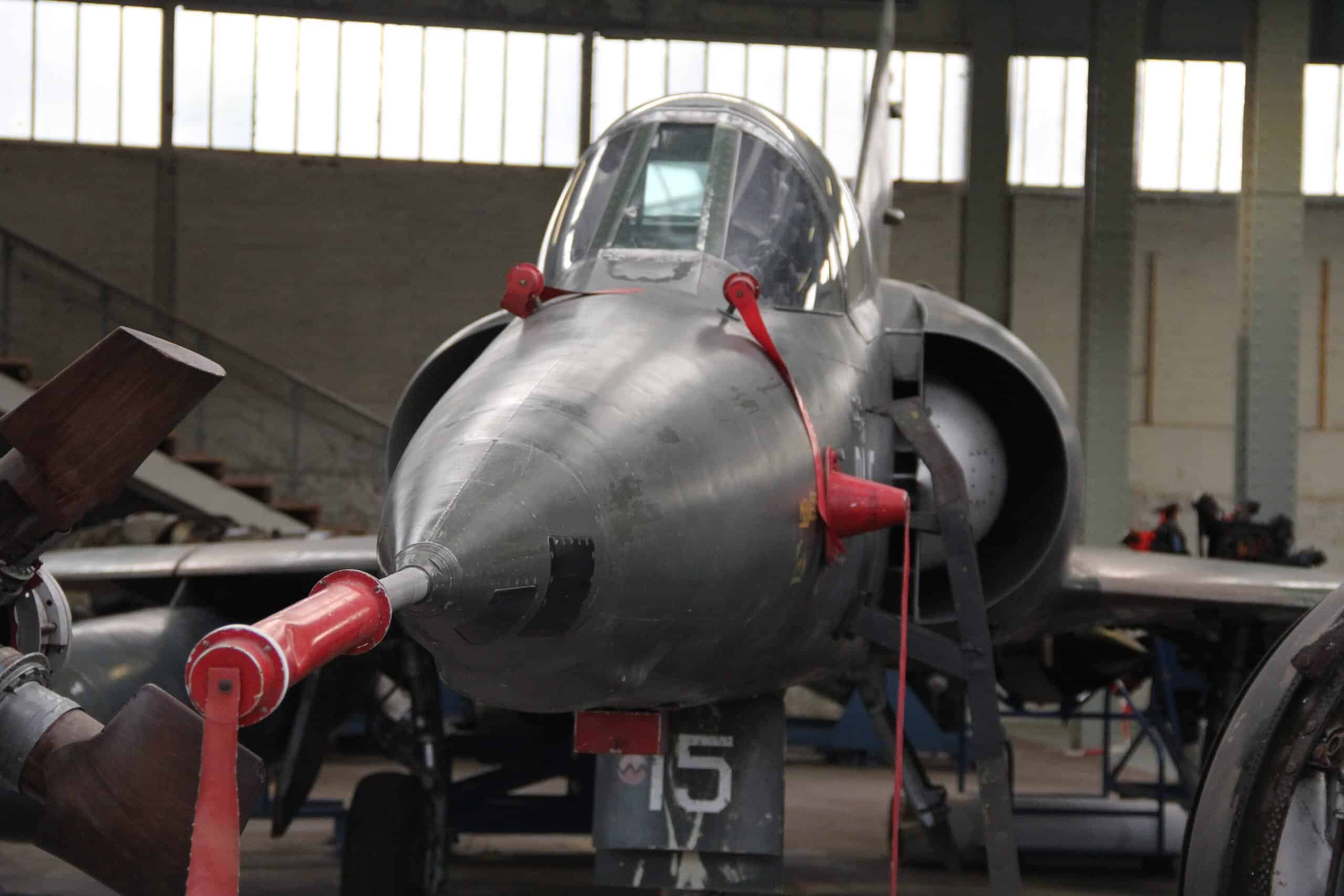
The Mirage V builds further on the Mirage III design, improving on both the speed and agility of its predecessors. These jets boast a top speed of 1,460 mph and are typically used for rapid air-to-ground strikes and air-to-air combat. The Mirage V was originally developed at the request of Israel, which wanted a more dedicated ground attack version of the Mirage III, leading to the removal of some avionics to accommodate greater payload capacity.
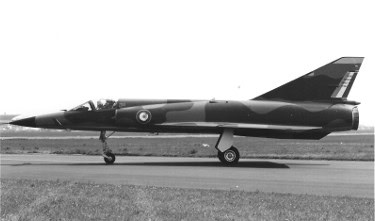
The Mirage Milan (Kite) is another strike fighter prototype developed by Dassault. This jet was designed with a top speed of 1,491 mph to conduct rapid ground attack missions. The Milan never went into full production, serving more as a stepping stone in Dassault’s development of future aircraft.
The Mirage F1 was the first or the Mirage series to use a conventional tailplane rather than the traditional delta-wing design. It saw extensive action during the Gulf War and the Libyan Civil War where it typically engaged in air-to-air combat, ground attack, and reconnaissance missions. This jet has a top speed of 1,453 mph and it comes with a 30mm DEFA automatic cannons standard. The F1 can also equip a wide variety of missiles including Sidewinders, Magic missiles, Matra missiles, among others.
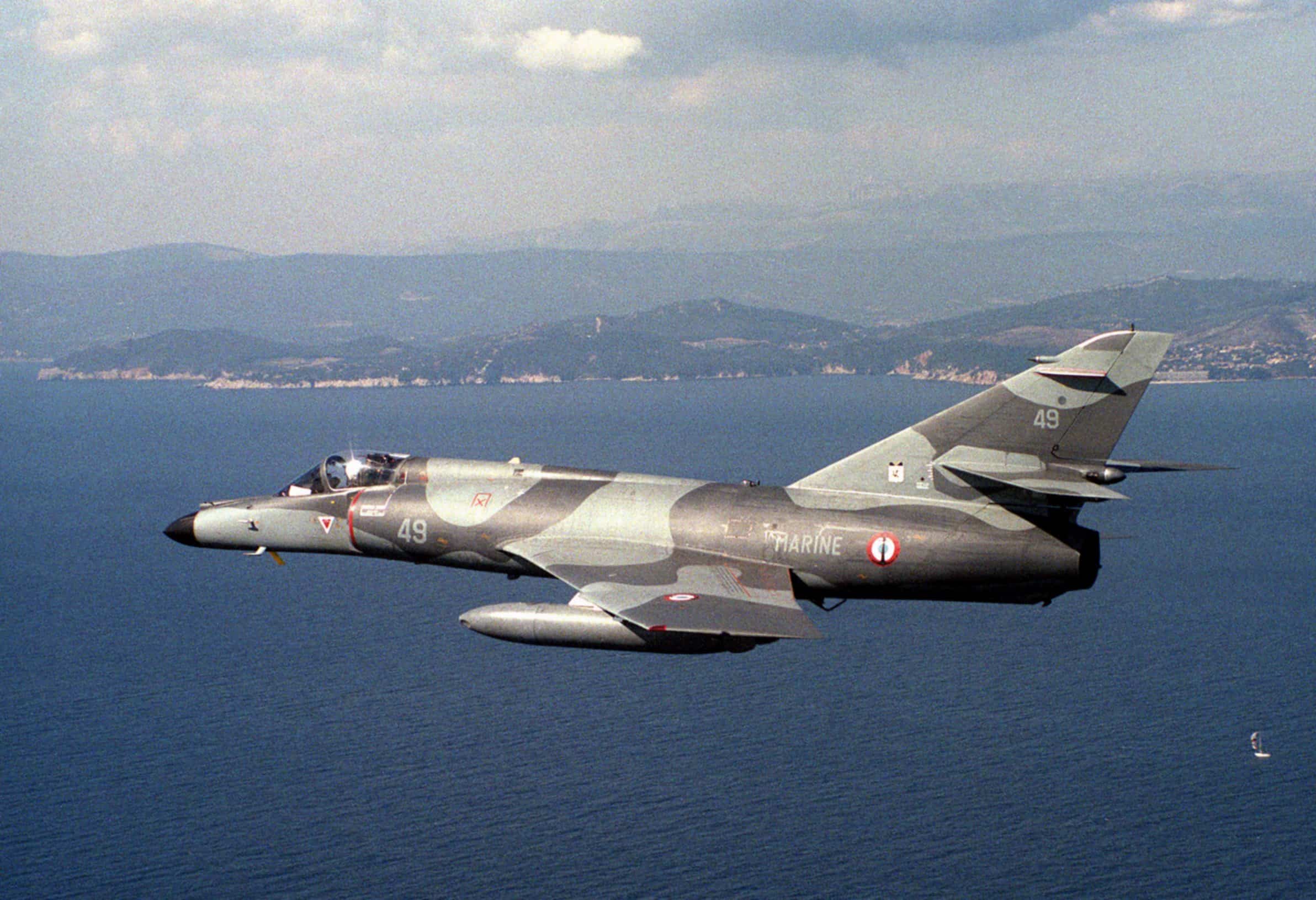
The Super Étendard was a carrier-based strike fighter aircraft introduced in 1978. Although its speed pales in comparison to other Dassault aircraft, the Super Etendard can equip a wide variety of weapons, including nuclear stand-off missiles.
This jet is most famous for its use by the Argentine Navy during the Falklands War, where it launched Exocet missiles that sank the British destroyer HMS Sheffield.
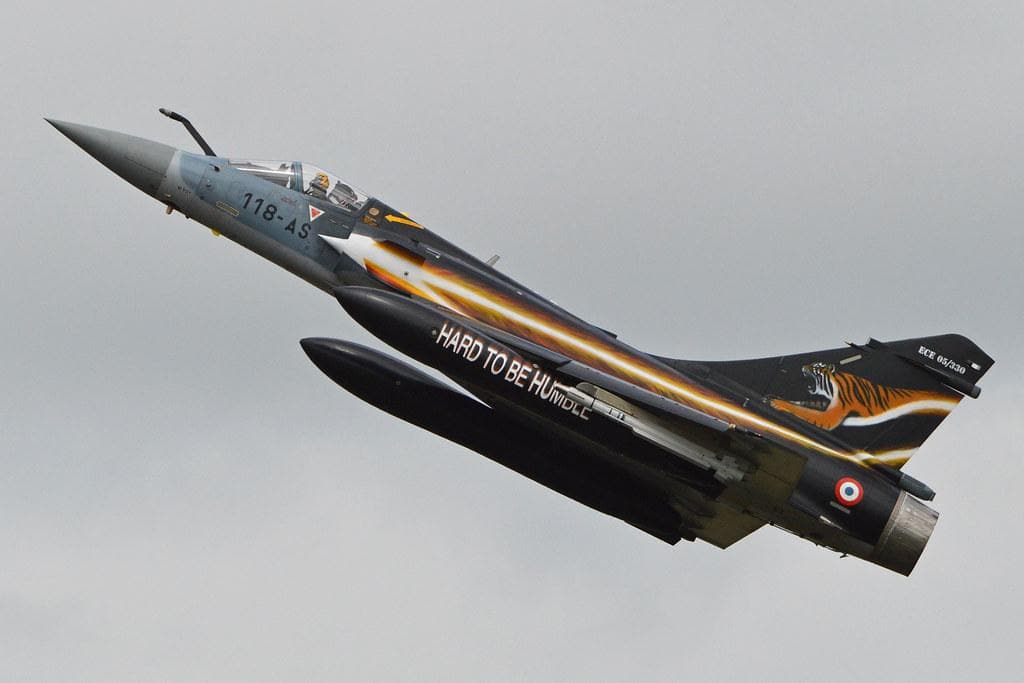
Introduced in 1979 as a multirole strike fighter aircraft, the Mirage 2000 would become one of the most successful aircraft developed by Dassault. With a top speed of 1,453 mph, the Mirage 2000 excels in air superiority, ground attack, and nuclear deterrence roles.
The Mirage 2000 has served with over nine air forces, making it one of the most widely exported fighters of its generation. It played an important role in multiple conflicts, including the Gulf War and Kosovo.
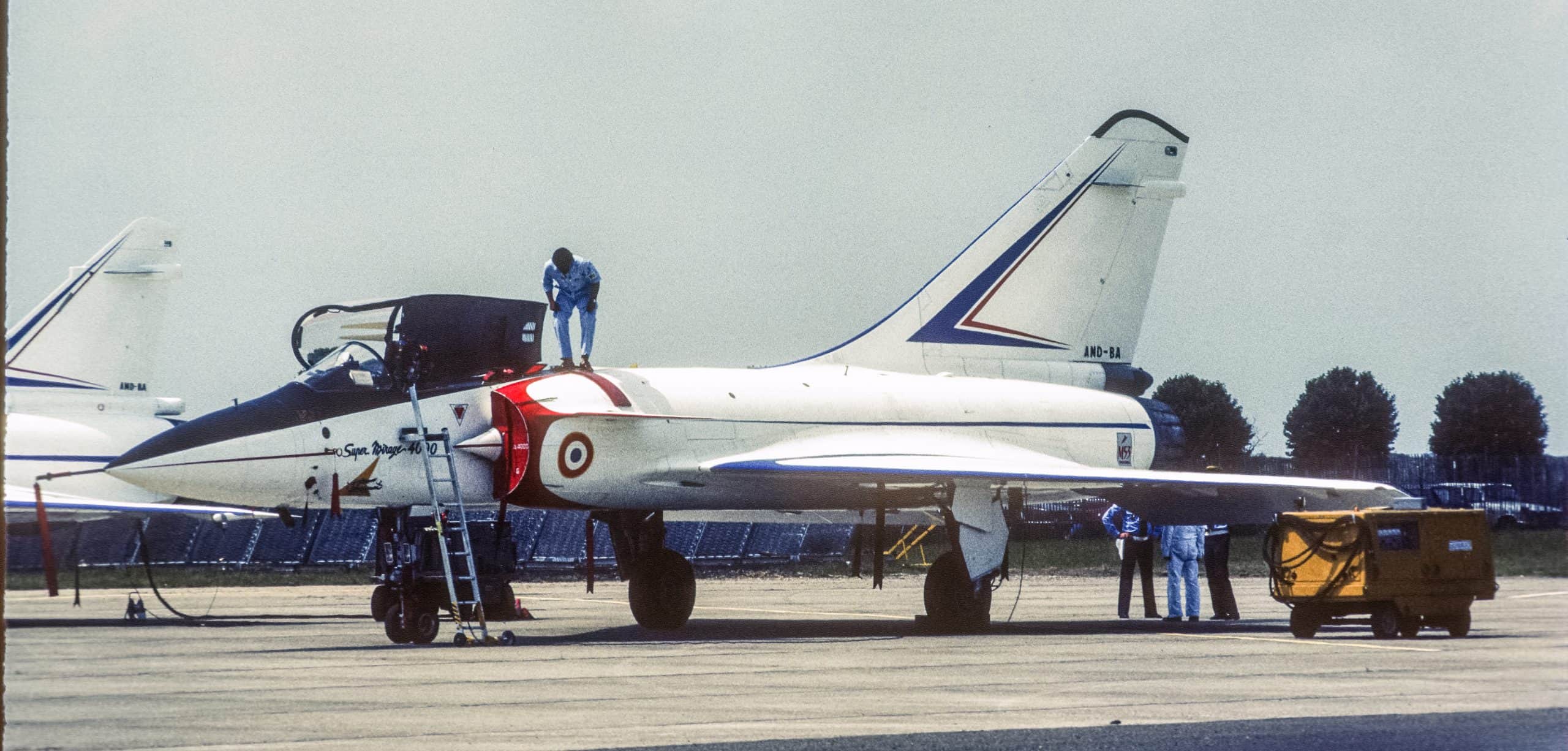
The Mirage 4000 was a larger and more powerful version of the Mirage 2000, designed as a multirole strike fighter aircraft. It was designed to compete with fighter jets like the American F-15 in terms of its speed and versatility. Although it was never put into mass production, the Mirage 4000 was Dassault’s foray into twin-engine fighters. This would be highly influential for the Rafale in years to come.
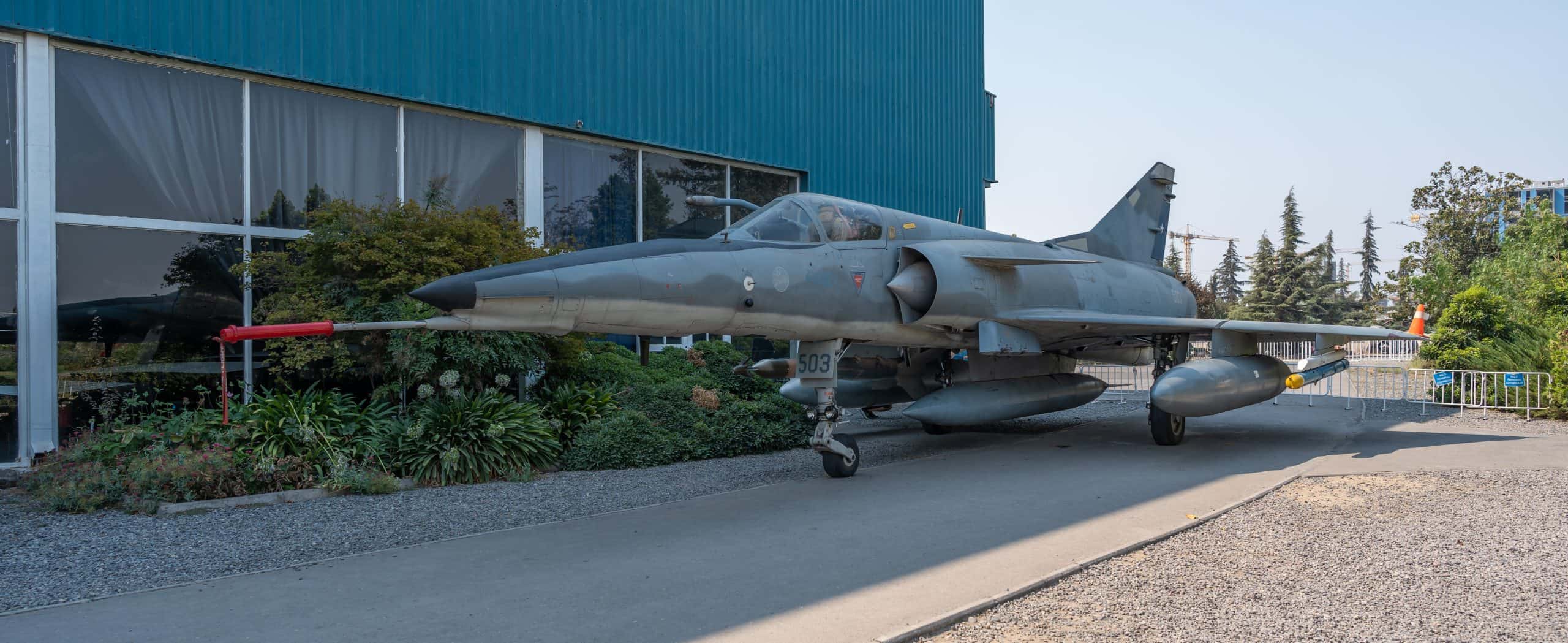
The Mirage 50 was the direct evolution of the Mirage 5, but incorporating more advanced avionics. It was introduced in 1980 as a multirole strike fighter aircraft, with a top speed of 913 mph.
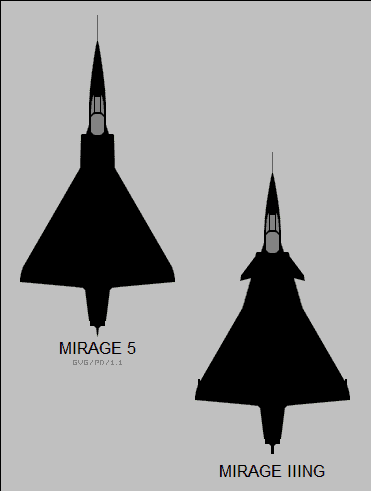
The Mirage IIING is another prototype that was built to ultimately test new technologies that would later influence the design of the Rafale, especially in terms of avionics and aerodynamics.
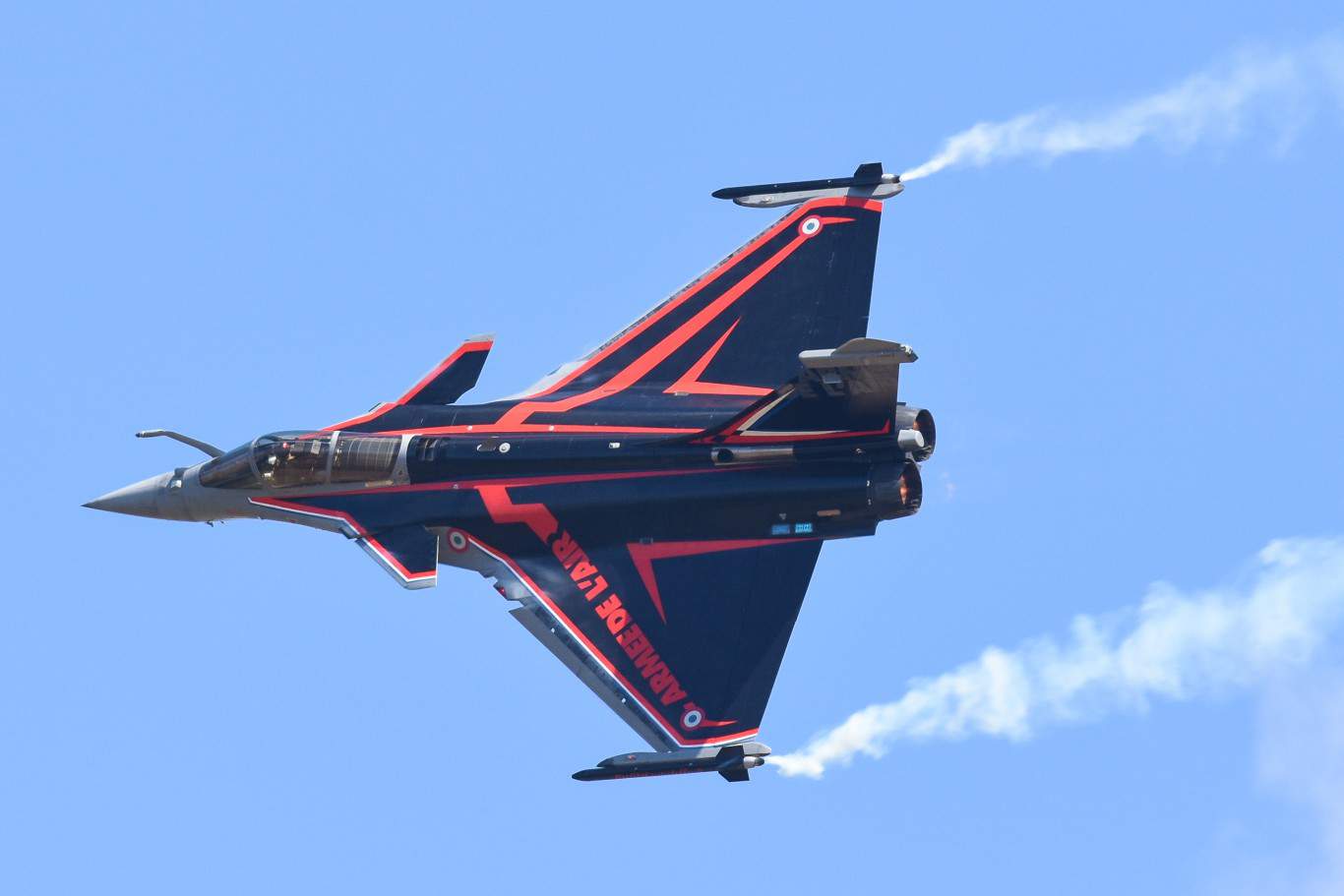
The Dassault Rafale is the main asset of the French Air and Space Force. This jet was introduced in 2001 and has found its way into a few other air forces across Europe. With a top speed of 1,383 mph (Mach 1.8), the Rafale is ideal for strike operations as well as air superiority missions. Its advanced armament includes a 30mm GIAT 30/M791 internal automatic cannon, MICA and Meteor missiles, Exocet anti-ship missiles, laser-guided bombs, and nuclear stand-off missiles.
In the French Air and Space Force, there are currently 133 active aircraft, and there are another 129 on order, underscoring the importance of this aircraft to the French arsenal. The Rafale also plays a key role in France’s nuclear deterrence strategy as it is capable of launching nuclear stand-off missiles. Also, the advanced targeting system on these jets can engage up to 40 targets, which allows for greater situational awareness for the pilot.
The Rafale is capable of operating from both land-based airstrips and aircraft carriers, offering a lot of flexibility for the French Navy and Air Force in various scenarios.
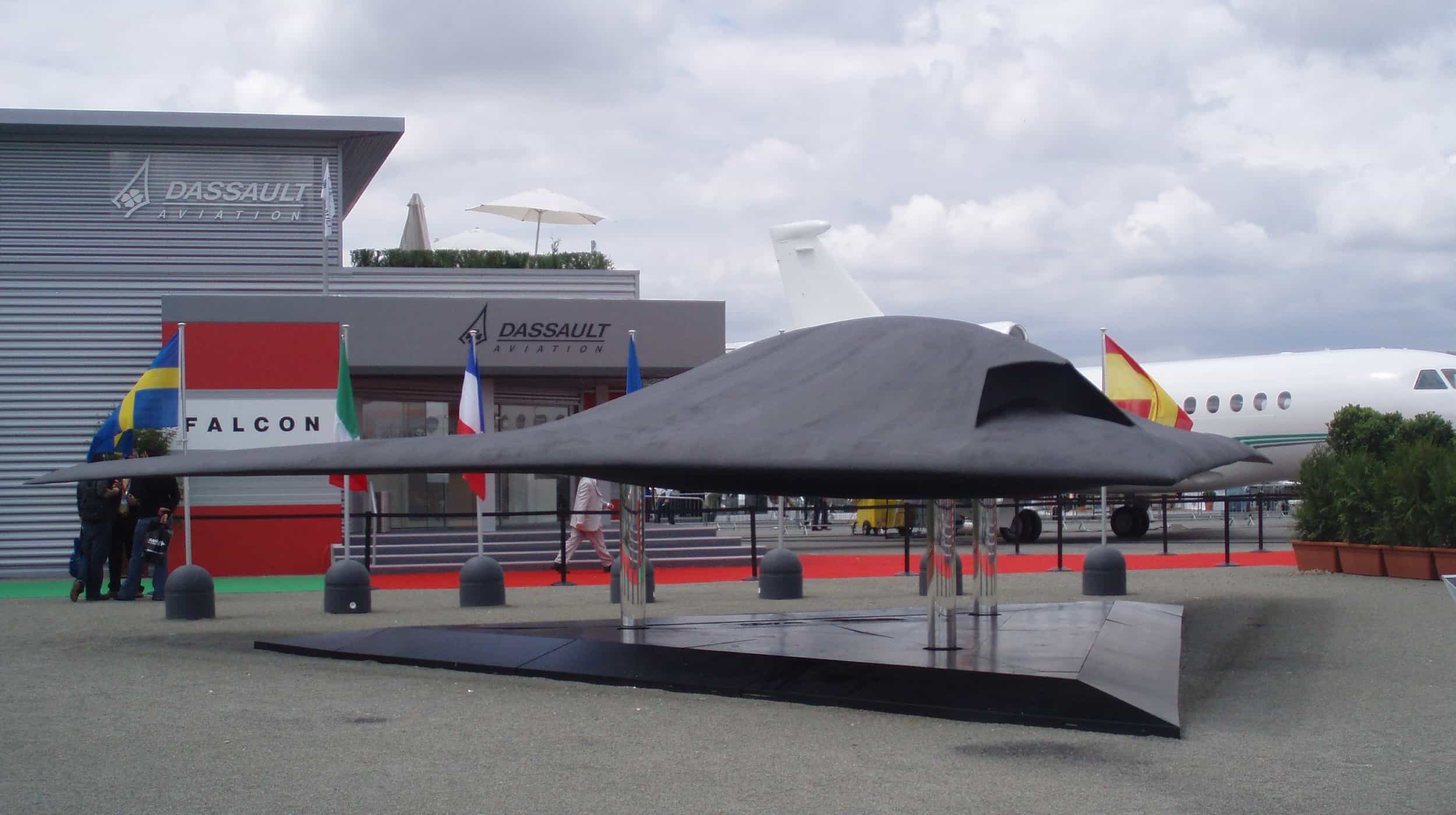
The nEUROn, introduced in 2018, is an advanced Unmanned Combat Air Vehicle (UCAV). It was developedas part of a European collaboration to explore next-generation combat drone technologies. With a top speed of 609 mph, the nEUROn is designed for stealth, precision, and high-performance operations, primarily focusing on air-to-ground strikes.
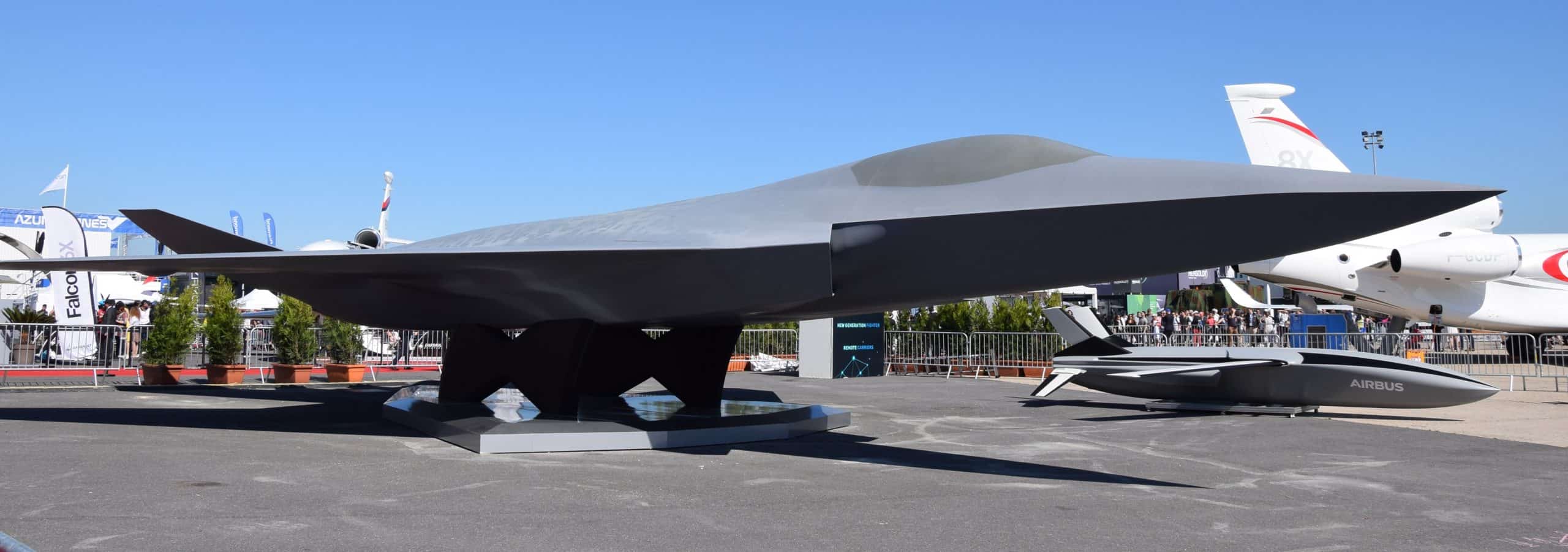
The FCAS is a cutting-edge sixth-generation fighter aircraft being jointly developed by France, Germany, and Spain. It is expected to be operational in 2025. This effort is spearheaded by Dassault Aviation and Airbus. The goal of the FCAS is to integrate advanced technologies like stealth and artificial intelligence into a high performance aerial platform.
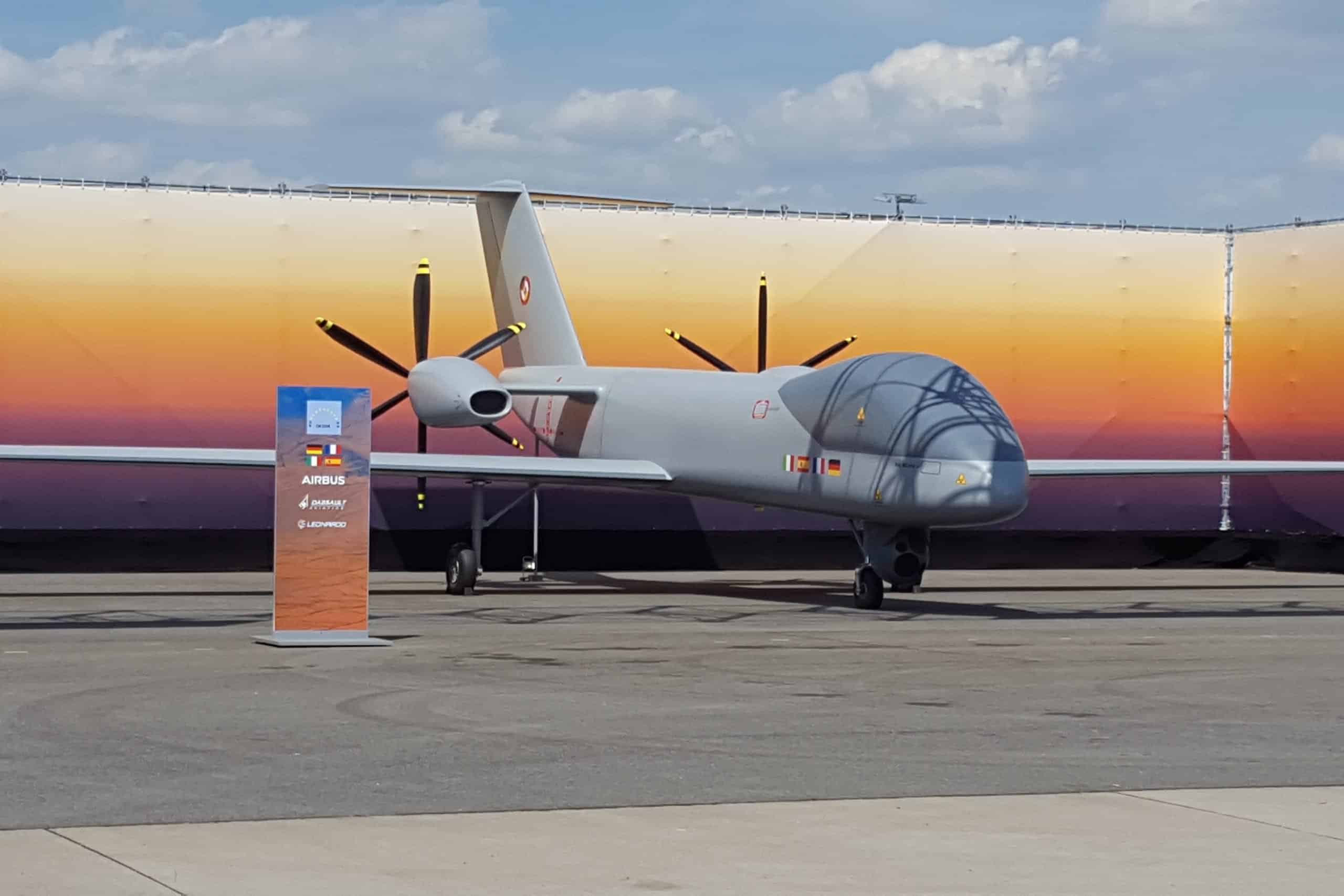
Even further out is the EuroMALE (Eurodrone), which is expected to be operational by 2027. This Unmanned Aircraft System (UAS) is designed for long-endurance intelligence, surveillance, and reconnaissance missions, as well as combat roles. Like the FCAS, the EuroMALE is a joint venture between multiple European nations to develop the next highly advanced drone platform.
Retirement planning doesn’t have to feel overwhelming. The key is finding expert guidance—and SmartAsset’s simple quiz makes it easier than ever for you to connect with a vetted financial advisor.
Here’s how it works:
Why wait? Start building the retirement you’ve always dreamed of. Click here to get started today!
Thank you for reading! Have some feedback for us?
Contact the 24/7 Wall St. editorial team.